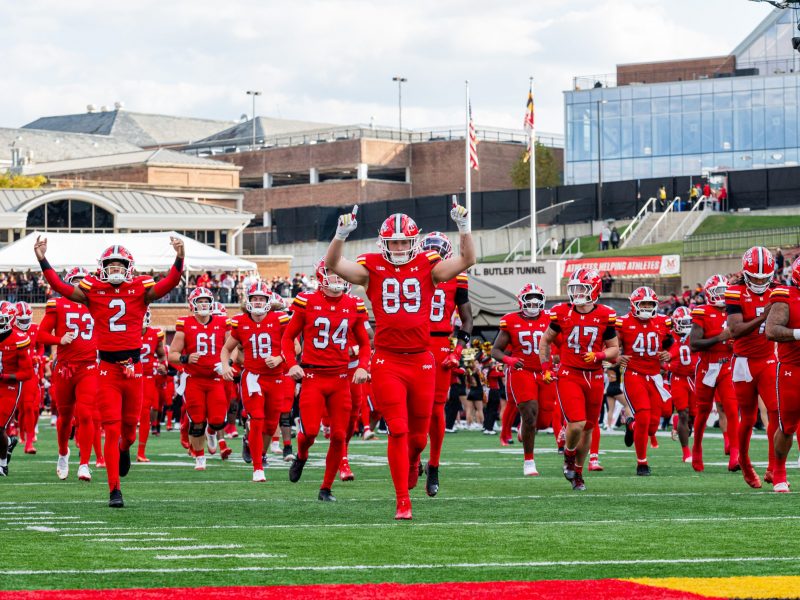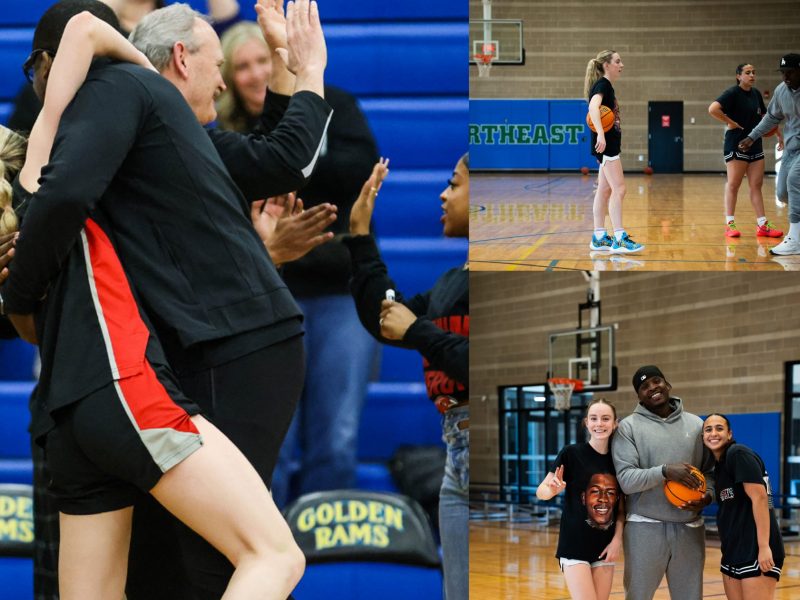Super Smash Bros.
Well, dear readers, this is a monumental task. How do I condense how much Super Smash Bros. means to me and the leagues of fans it’s acquired over the past 15 years into one defense?
For the uninformed, the original Super Smash Bros. — released on the N64 back in 1999 — features 12 classic characters from the Nintendo canon and throws them into battle with each other on imaginative stages based on Nintendo locations. Mario can fight Link in Kirby’s Dream Land; Samus can face off again Yoshi in Donkey Kong’s jungle; and Pikachu can do battle with Star Fox on the race track of F-Zero. Each character fights with their signature attacks from their games – Mario shoots fireballs, Pikachu wields electricity and Link can throw his trusted boomerang. The joy of seeing your favorite characters interact across franchises was the major selling point for this game, though it’s only a small fraction of the reasons to love it.
Super Smash Bros. triumphs over other fighting games because of its accessibility. Whereas in Mortal Kombat or Street Fighter, doing anything requires encyclopedic knowledge of techniques and the dexterity to string together paragraphs of buttons, Super Smash Bros. has just two attack buttons, a jump button and a guard button that doubles as a throw. The fun comes from the hazards on the stages and the various items that drop from the heavens at random – Pokéballs that unleash Pokémon to aid you, walking Bob-ombs whose explosions decide many a match and the ever-frightening Hammer that turns your character into a destructive, invulnerable machine for a brief time, just to name a few.
Unlike the other more “mature” fighting games, the objective in Super Smash Bros. is not to kill your opponents, but rather to send them blasting off the stage. Pummeling them with various attacks increases their damage ratio, making them fly further if they’ve been knocked around a bit first. Every match looks chaotic from an outsider’s perspective — the only way of making sense of what’s happening is by keeping your eyes glued to your character.
My favorite Smasher has always been the diminutive psychic kid Ness, from the EarthBound games I never played as a kid and still haven’t. Ness has the power to send an arcing bolt of telekinetic electricity that he refers to as “PK Thunder” — loudly, every time he uses it — that is controlled by the player. I remember many games of tormenting my friends by hiding in the corner and launching my electricity at the nearest enemy. I remember one unfortunate day when the save file on my Super Smash Bros. game cartridge failed and I was forced to unlock all four extra characters (of which Ness was the final one) in one go — my young self was never more proud.
While the original Super Smash Bros. has been surpassed by its sequels — Gamecube’s Super Smash Bros. Melee and the Wii’s Super Smash Bros. Brawl — the original reigns supreme in the world of Nintendo 64 games. Video games meant a lot to me as a kid, as I’m sure they did for most people reading this now, and I can’t think of many games that meant more to me than Super Smash Bros. There’s a sense of excitement associated with Super Smash Bros. that’s hard to recreate anymore — there’s just not much that’s this fun in the world of gaming. You can say that Super Smash Bros. isn’t very complex, that a lot of the hazards and items leave the winner up to chance and that the graphics have not aged well. All these claims are true, yet there’s a special place for this game in my heart that always makes me think of my friends.
Multiplayer video games today have mostly migrated to the Internet, but the chief joy of Super Smash Bros. was having three of your friends (or more if you took turns) gathered around the television, eating pizza, shouting with joy or hilarious rage and hearing the now-famous Smash phrases of “And the winner is…” and Captain Falcon’s signature move “FALCON PUNCH!”. I think I speak for many when I say that a great deal of my fondest memories of gaming as a kid centered on a few good friends and one game - Super Smash Bros.
–Jonathan Raeder
Mario Party
For many of us, the Nintendo 64 occupies a special place in our heart. In a world filled with crime-ridden games like Grand Theft Auto and endless Call of Duty spinoffs, the N64’s strange airplane-shaped controller and chunky graphics transport us back to a simpler time when video games were fun, friendly and taught us valuable lessons about sharing and teamwork.
And then there’s Mario Party.
It is almost unanimously agreed upon by our generation that Mario Party is the best party video game ever, especially if you despise everyone at that party. If you don’t dislike everyone at the onset, break out Mario Party and watch as your pleasant feelings toward your friends and neighbors transform into a wave of distrust and passionate hatred.
As a kid, things seemed fairly normal in Mario Party land. Colorful, whimsical and featuring everyone’s favorite Nintendo characters, it was a pretty cool game. You start it up, choose some virtual friends and roam around the various themed maps, which included the tropical Yoshi’s Island, the absurdly pink Peach’s Birthday Cake and the perplexing war-themed Wario’s Battle Canyon. But as kids, we didn’t understand the destructive potential hiding in the game.
In most respects, the game plays like a board game. Everyone hits a dice block, moves around the board and follows the actions on the space they land on. If you land on a blue space, you get coins. If you land on a red space, you lose coins. The different boards contain unique spaces that shake up gameplay, causing some players to either get further ahead or sent back. These random spaces and events cause kids to groan and grumble while unleashing a tempest of swearing from older competitors.
At the end of each round of dice rolls, all players compete in a mini-game for more coins. The mini-games vary between two-on-two team games, three-on-one battles, and, of course, the dog-eat-dog four-person free-for-alls. This is where friendships are forged and shattered, for your game-winning sledding partner one game might be whacking you with a hammer and stealing your coins the next. And that’s not even considering the feuds that erupt when stars are added to the mix.
Somehow, after all the mini-games are played, tears are shed and backs are stabbed, the final stars are awarded and a winner rises from the ashes of destroyed friendships. The Super Star. It takes a combination of skill, cunning and pure luck, but the game employs enough randomness that you can never quite tell who will take it all at the end of the day.
To this day, the Mario Party series lives on, though no sequels can quite match the excitement and creativity of the original. It’s just nonsensical fun, whether you’re playing alone against the computer to get good at mini-games or with friends.
Several times since moving to campus, students have dusted off their N64s and spontaneous Mario Parties have broken out. The nostalgia is enough to draw you in. You plug in the system, and on a whim push in the cartridge like old times. Then you invite friends over, hook up a second controller and all hell breaks loose.
The perfect game.
–Zöe DiGiorgio


